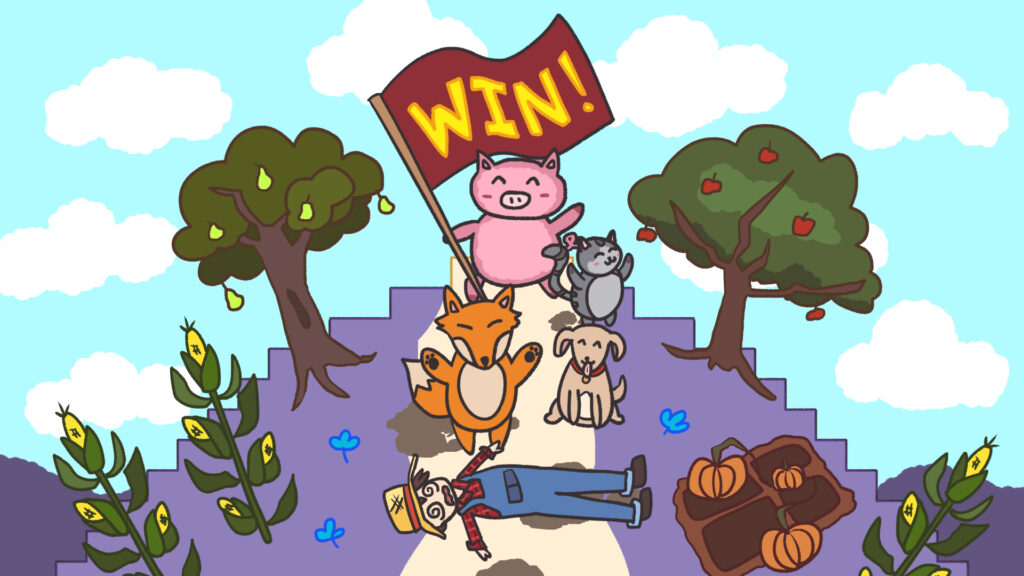Roles: Artist, Designer
Team: 5 people per sprint
Dev Time: 1-3 weeks per sprint
• Designed, playtested, and iterated experiences in time frames of a few days.
• Collaborated efficiently with people I had never met prior to teams being formed.
• Conceptualized and modelled both stylized and realistic 3D assets for VR games.
• Performed live experience guidance and assisted guests at a live booth.
Building Virtual Worlds is a course where games are developed in sprints of 1-3 weeks, with different teams consisting of two programmers, two artists, and one sound designer. It is a requirement for all ETC students and takes place in our first semester, thus serving as a lesson in teamwork and time management as well.
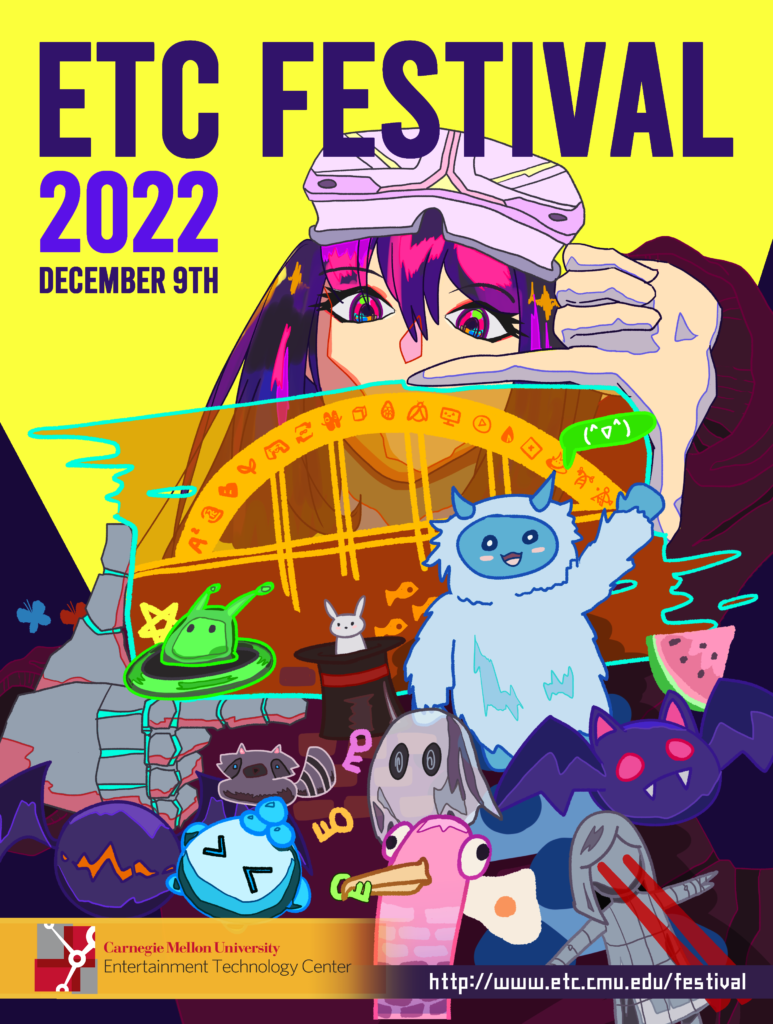
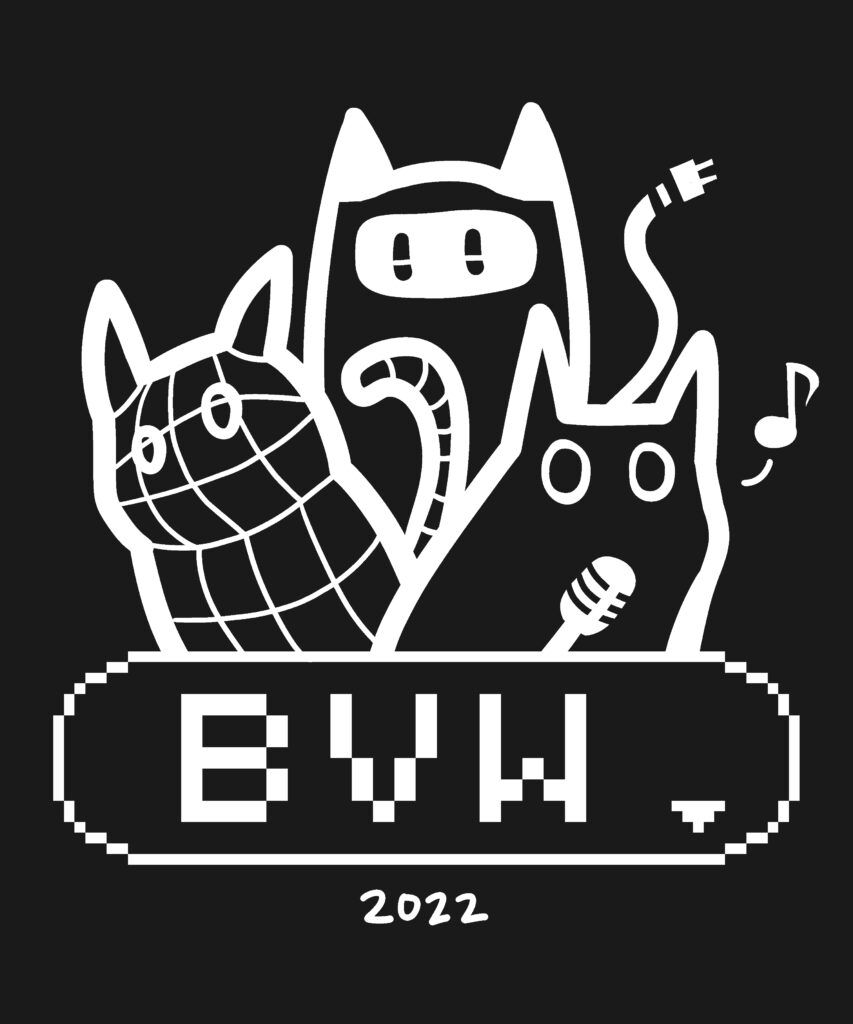
Round 1: Dream Guardian (2 weeks) on Quest 2
Dream Guardian is a VR game where the player protects a boy from his nightmares. The player is a teddy bear who is granted a magic flashlight that can reveal nightmares and a dream catcher that can convert nightmares to good dreams. This idea is based on the prompt that the player must protect a character from something the character fears.
We brainstormed and prototyped very quickly as a team, so the story stayed similar throughout development. We focused on refining the mechanics and creating escalation with more complicated enemies.
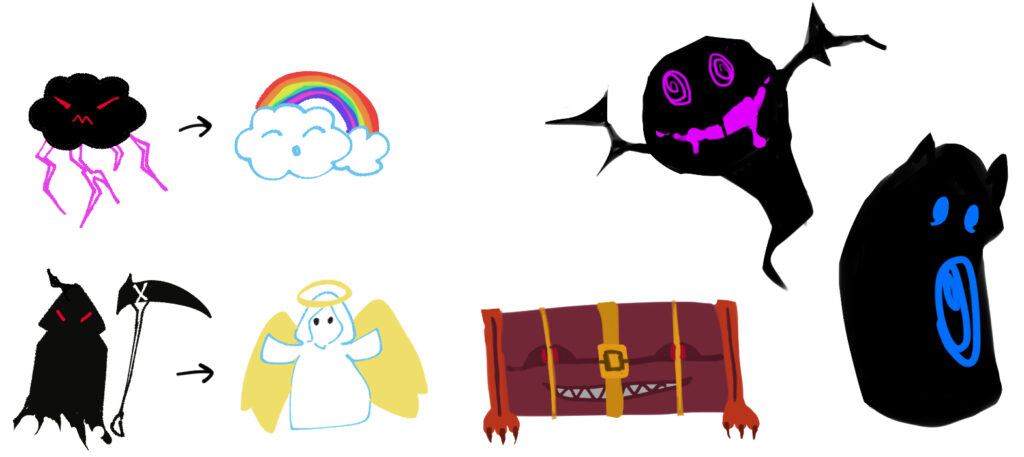
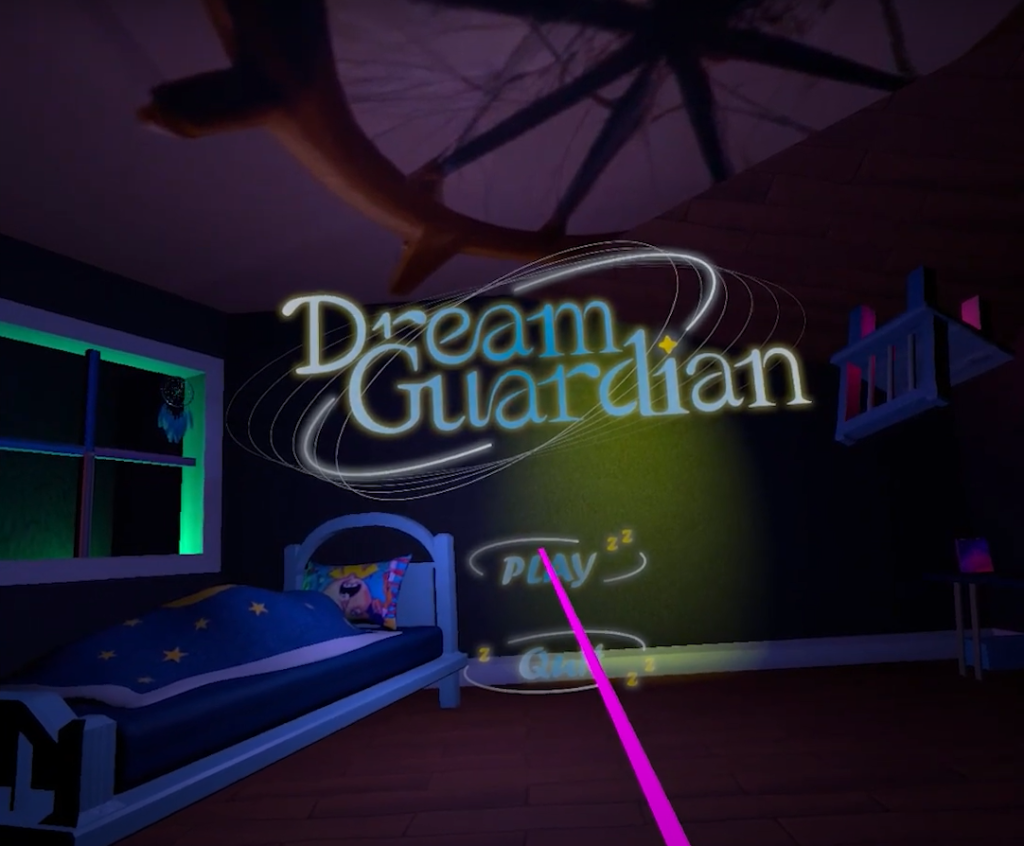
Round 2: The Greatest Magician (2 weeks) on Quest 2 with Passthrough
The Greatest Magician is a VR passthrough game where the player is a magician performing in front of a live audience, which can be seen in passthrough. Being on stage and having a real audience adds a lot to the experience, according to players.
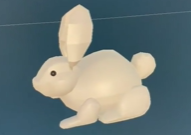
We began with the prompt of making a game for naive guests using Quest 2 passthrough. The game has to be able to guide guests who have never used VR or played games before. We decided on audience feedback as our method of indirect control, but in turn, we had to control the audience somehow, or else they might give inaccurate feedback to the guest. I came up with the idea of using an “Applause Please” sign, which the audience reacted very positively to. Working as intended!
I really wanted to take advantage of passthrough, specifically the live backdrop it offers and its black and white colors. Our story became about restoring color to the world. There are many technical limitations to passthrough, like being unable to alter the passthrough feed and not having occlusion. Because of this, we kept the scene simple and altered 3D UI elements we created instead of changing the environment and risking tracking issues.
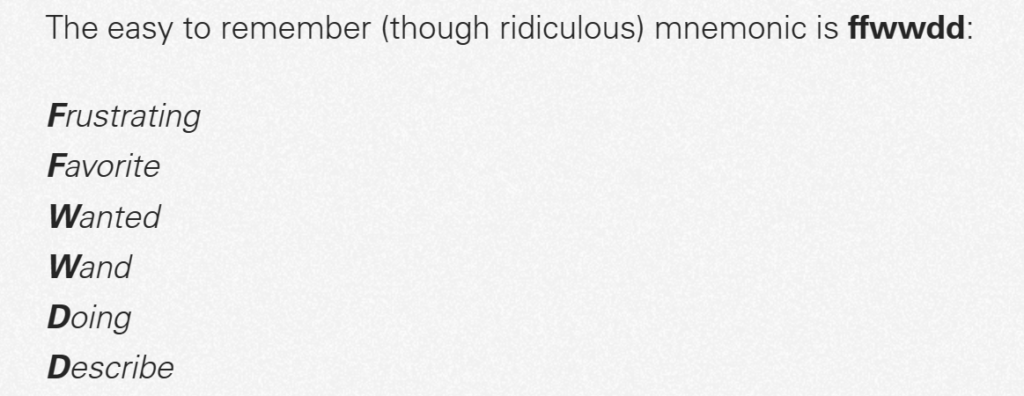
Once we had a prototype, I scheduled open formal playtesting with all ETC faculty and students. We had a great turnout in just two hours, and guests were happy with the experience (and the snacks)! We got a lot of consistent feedback to iterate with.
Round 3: Metal Con-duck-tor (1 week) on PC with Tobii Eye Tracker
Metal Con-duck-tor is a PC rhythm game that uses an eye tracking device as the input, so the cursor is where the player is looking. Our prompt for this round was simply to make something fun in one week, so scope was very important. We quickly decided on the Tobii Eye Tracker with 2D graphics to keep our scope low. Then we chose rhythm games as our genre and birds with crazy eyes as our theme, influenced by my concept sketches.
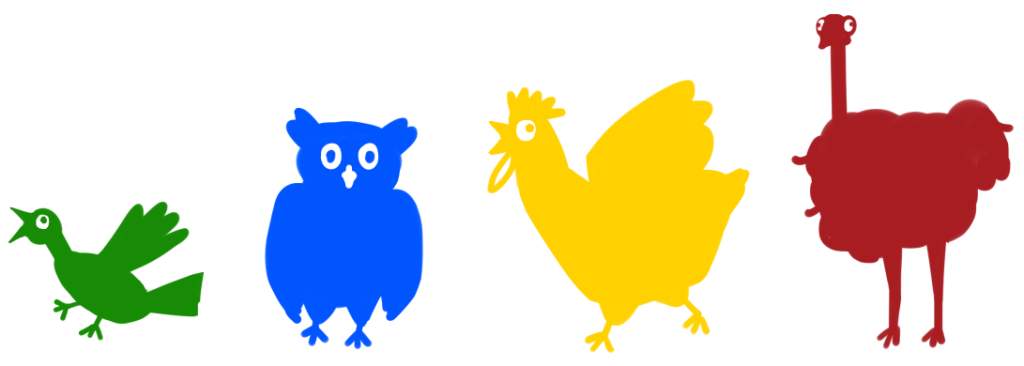
I began to create sprites for animation with Spine, but they are unused because of a communication conflict.
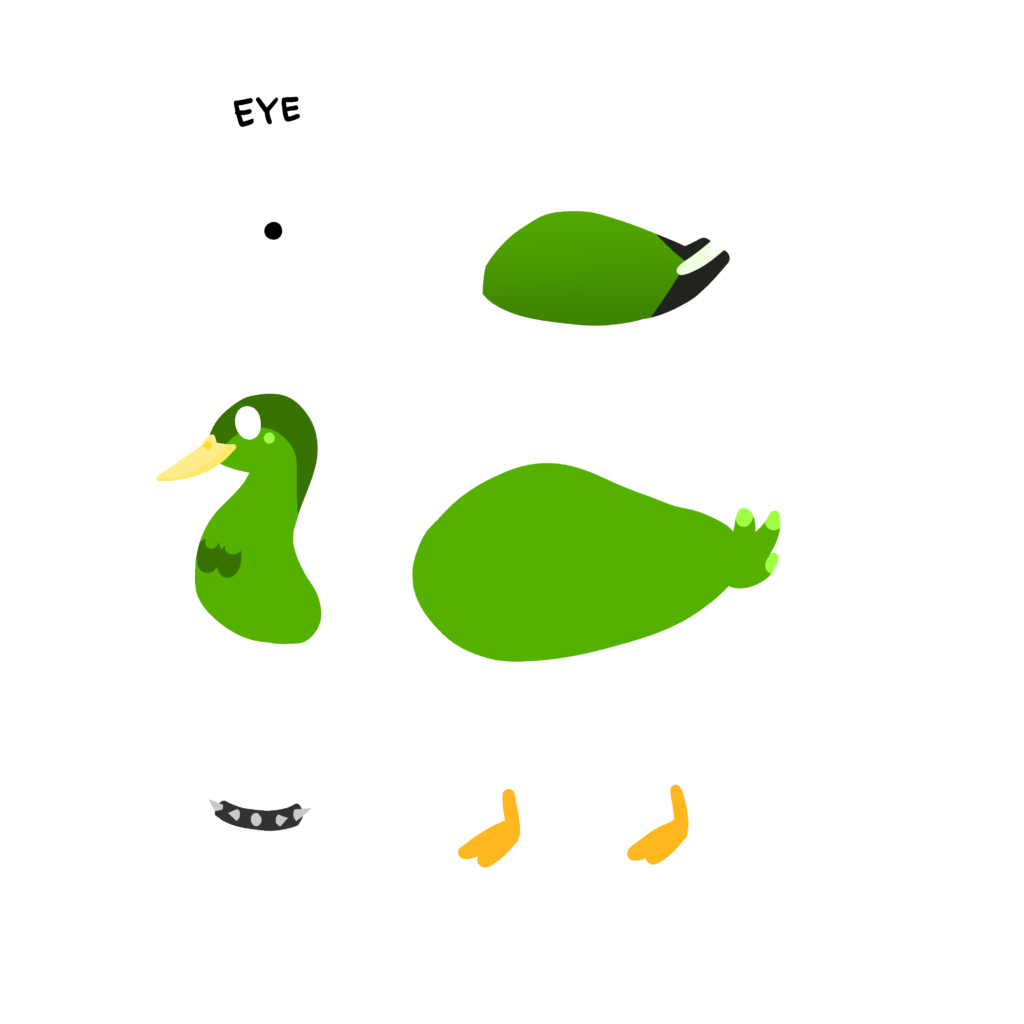
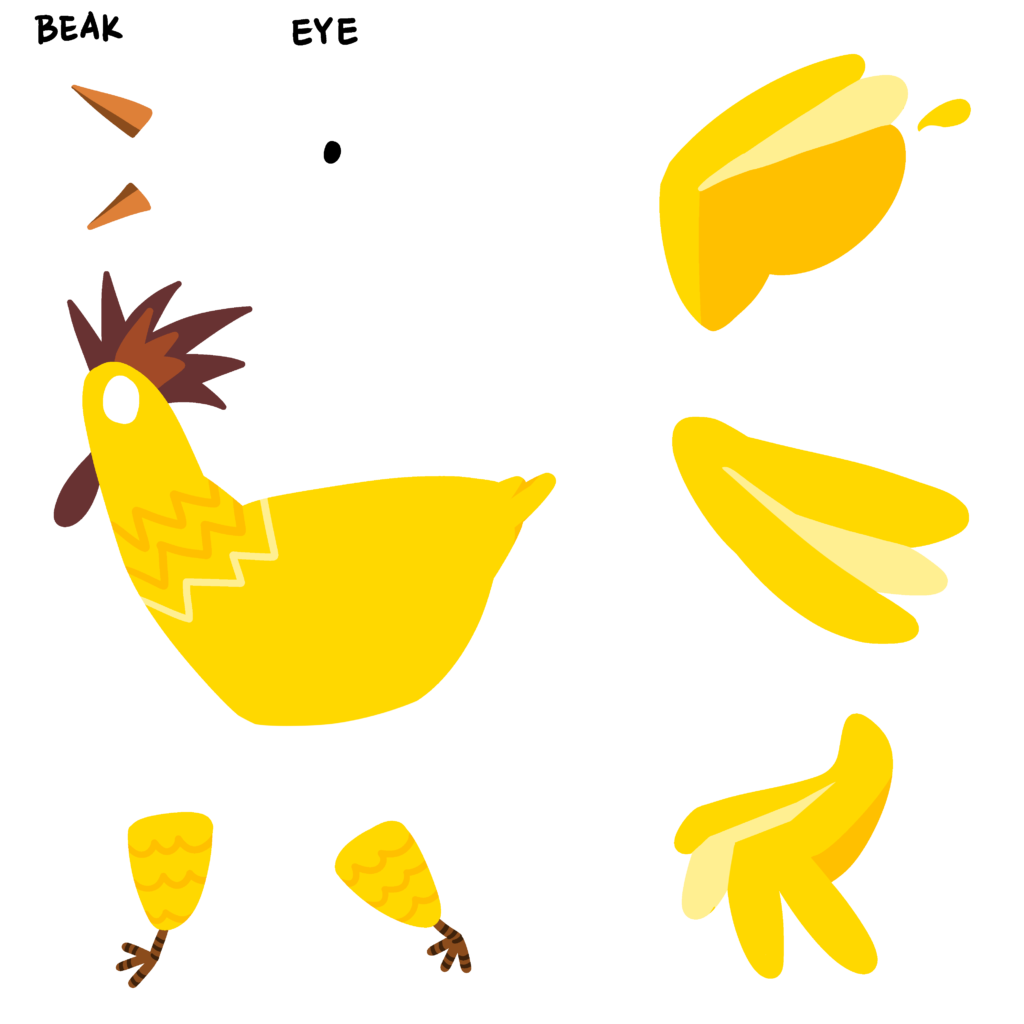
I made some of the introduction graphics as well. And finally, each bird was voiced by a team member. Which one did I record? It’s a secret.
Round 4: Vanderforge (3 weeks) on Valve Index with 360° Film
This experience has its own page on my website:
Vanderforge: A VR Interactive 360° Film – MARIE LEUNG
Round 5: Animal Revolution (3 weeks) on networked mobile WebGL with in-person experience
Animal Revolution is a multiplayer mobile game prepared for ETC’s Fall Festival. We wanted everyone at Festival to be able to play, so it is a browser based PvP and item collection experience. Players can fight each other on their phones and find QR codes we hid around the ETC building.
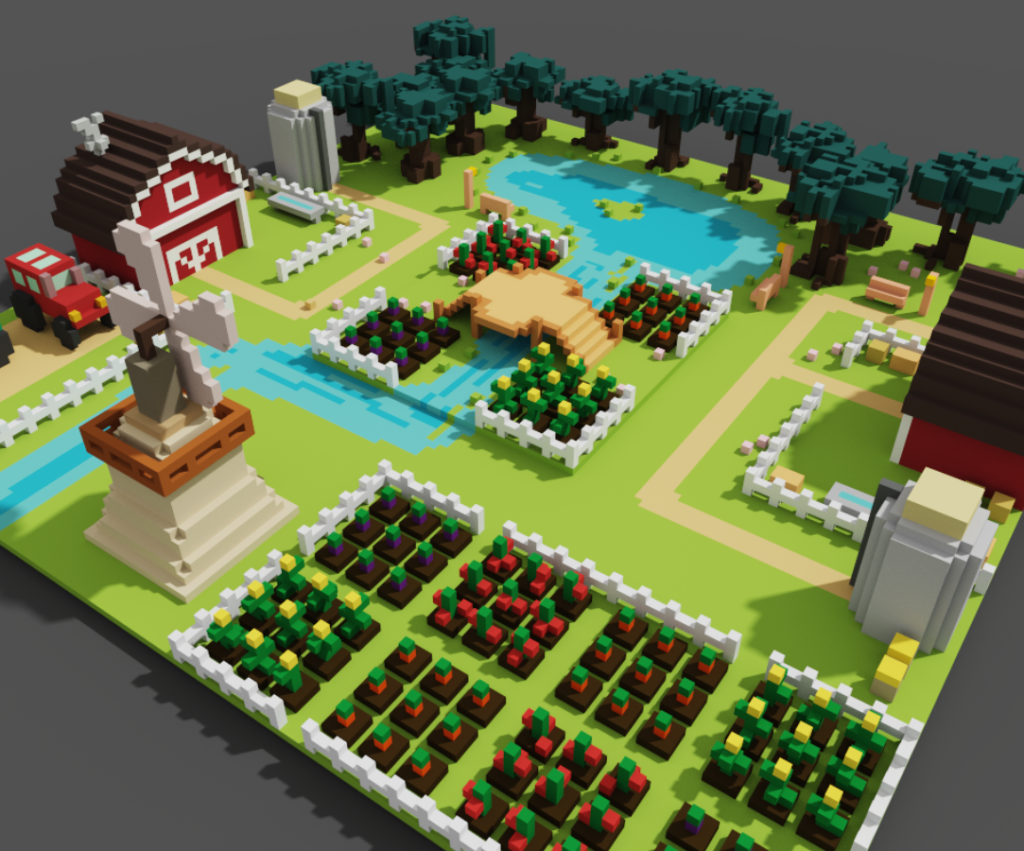
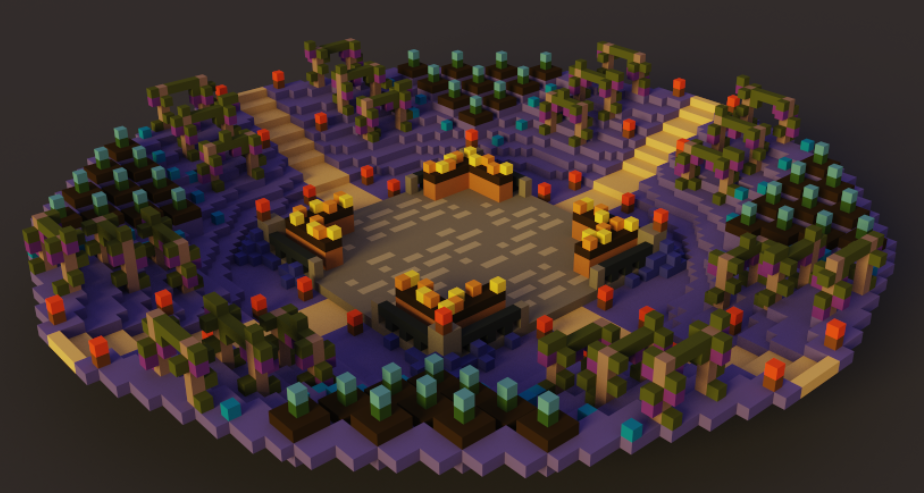
We chose a cute theme of animals trying to escape from the ETC farm. Their PvP battles represented training to become strong enough to revolt against the big boss, the farmer. Players also collect fruits by scanning the QR codes on fruit posters, which is themed as gathering supplies and energy to face the farmer. The posters were placed at dining locations on the day of Festival.
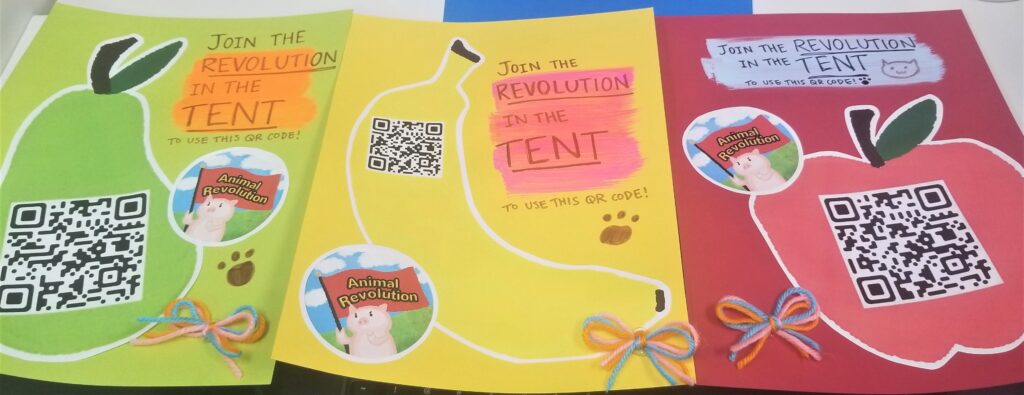
As Festival is a lively in-person event, we had a booth with tables, a TV, and decorations we made to fill the space with fun. While the programmers implemented our 3D models and struggled with netcode, I drafted a guest flow plan for the space.
On the day of Festival, guests loved our photo booth! They also took part in our boss fight, where up to 25 players can fight the farmer boss and win the revolution!

